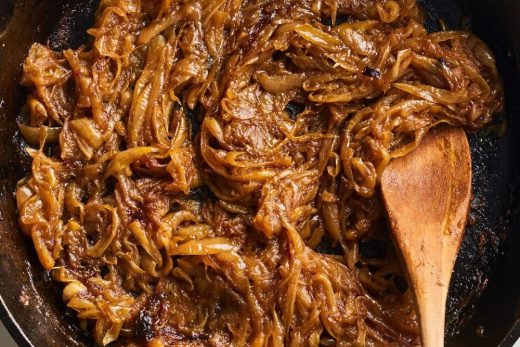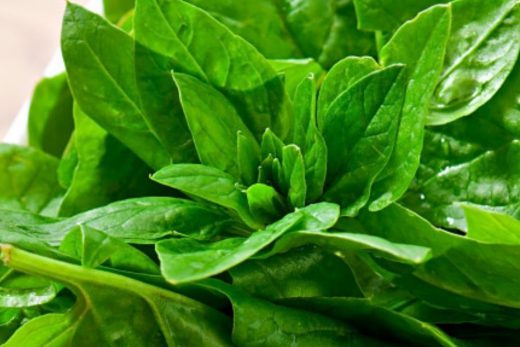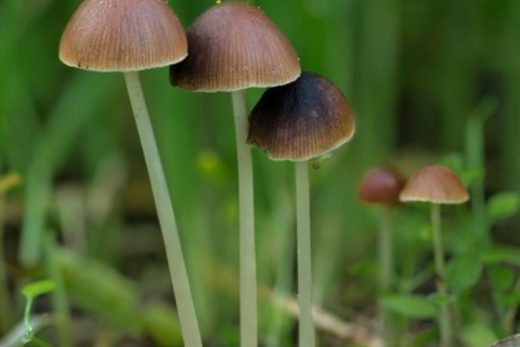Once the agave juice is fermented, distillation can begin. Most tequila is made in pot, or alembic, stills. The first distillation produces something called ordinario, which is about 20–25% alcohol by volume. The ordinario is distilled again in a pot still, to about 55% abv.
The second distillate is tequila. All tequila at this point is clear. Color is added later, either during the aging process or by the addition of caramel coloring (this is allowed only in mixto tequila, not in 100% agave tequila.)
At this point, the tequila can be diluted to bottling proof (usually 80 proof; 40% ABV) or pumped into barrels for aging. If it’s diluted and bottled, it becomes blanco tequila, also known as white, silver, or plata. (I’ll talk more about types of tequila later.)
Aging
Blanco tequila is generally unaged, as is joven (young) tequila. Blanco can be immediately bottled after distillation, or it can go into storage for up to two months. Blanco, when it’s “aged,” is usually stored in stainless-steel vats; this, at most, allows the tequila to mellow out a bit, but obviously it doesn’t add the flavors, aromas, and color that wood-aging provides. A small few blanco tequilas are aged in wood, but those are the exception.
Reposado, añejo, and extra añejo are aged in oak casks. Whereas whiskeys such as Scotch and bourbon have specific legal regulations that dictate the type of barrel that must be used, tequila has no such restrictions.





